Home>Gardening & Outdoor>Plant Care & Gardening Tips>When Is The Bay Area’s Wildflower Season
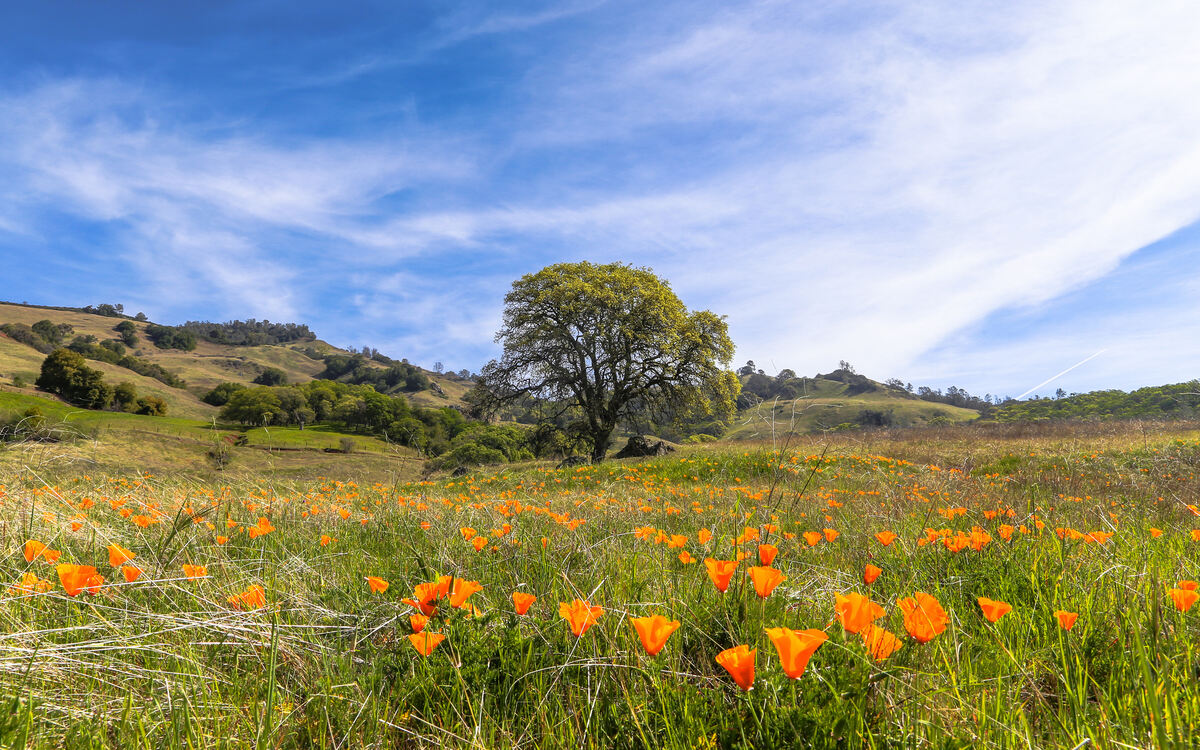

Plant Care & Gardening Tips
When Is The Bay Area’s Wildflower Season
Modified: January 5, 2024
Discover the best time to see wildflowers in the Bay Area and get expert plant care and gardening tips to make the most of the season. Explore our guide now!
(Many of the links in this article redirect to a specific reviewed product. Your purchase of these products through affiliate links helps to generate commission for Storables.com, at no extra cost. Learn more)
Introduction
Welcome to the enchanting world of wildflowers in the Bay Area! As spring approaches, nature unveils a breathtaking display of vibrant colors across the region, marking the arrival of the much-anticipated wildflower season. This annual spectacle draws nature enthusiasts, hikers, and photographers alike to witness the stunning transformation of the landscape. In this article, we will explore the factors influencing the wildflower season, the typical timing of its onset and peak, the best locations to witness this natural extravaganza, and how to best prepare for an unforgettable wildflower adventure.
Join us as we delve into the mesmerizing realm of wildflowers, where nature’s artistry takes center stage and offers a rejuvenating experience for all who seek to immerse themselves in its splendor.
Key Takeaways:
- Experience the Bay Area’s wildflower season, influenced by climate, soil, and precipitation. Discover diverse habitats and prepare for a vibrant adventure to witness nature’s botanical masterpiece.
- Explore the best wildflower locations in the Bay Area, from coastal bluffs to alpine meadows. Plan your visit, respect nature, and embrace the unexpected beauty of native wildflowers.
Read more: When Is Wildflower Season In Pennsylvania
What Factors Influence Wildflower Season?
The wildflower season in the Bay Area is a remarkable natural phenomenon influenced by a combination of environmental factors. The interplay of climate, soil conditions, and precipitation significantly impacts the timing and abundance of wildflowers. Let’s explore these influential factors in detail:
- Climate: The region’s temperate Mediterranean climate plays a pivotal role in shaping the wildflower season. Mild winters and early spring warmth trigger the germination and blooming of various wildflower species. The delicate balance of temperature and sunlight dictates the duration and intensity of the season, making it essential for wildflower enthusiasts to monitor weather patterns and forecasts.
- Soil Conditions: The composition and fertility of the soil directly impact the growth and proliferation of wildflowers. Certain species thrive in specific soil types, such as well-drained sandy loam or nutrient-rich clay, while others exhibit adaptability to a range of soil compositions. Understanding the soil characteristics of different habitats can provide valuable insights into the types of wildflowers that may flourish in a particular area.
- Precipitation: Adequate rainfall is a crucial catalyst for initiating and sustaining the wildflower season. The timing and quantity of precipitation during the preceding winter and early spring months profoundly influence the germination of wildflower seeds and the subsequent development of blooms. The delicate dance between rain and sunshine orchestrates nature’s symphony of colors, highlighting the intrinsic link between precipitation and wildflower abundance.
- Ecological Diversity: The Bay Area’s diverse ecosystems, encompassing coastal habitats, grasslands, woodlands, and wetlands, contribute to the rich tapestry of wildflower species. Each ecological niche harbors a unique array of flora, each with its own set of environmental requirements. Exploring these distinct habitats unveils a kaleidoscope of wildflower diversity, showcasing the intricate interplay between ecological diversity and the wildflower season.
These factors, in harmony with nature’s intricate rhythms, converge to shape the captivating wildflower season in the Bay Area, offering a captivating display of botanical diversity and natural beauty.
When Does Wildflower Season Typically Begin?
The commencement of the wildflower season in the Bay Area is a much-anticipated event that heralds the awakening of nature’s floral splendor. As winter transitions into spring, the landscape undergoes a gradual transformation, signaling the imminent emergence of wildflowers. The timing of this enchanting season varies across the region, influenced by a combination of climatic and ecological factors.
In coastal areas, the wildflower season typically commences in late winter, as early-blooming species such as California poppies, lupines, and seaside daisies begin to adorn the coastal bluffs and meadows with their vibrant hues. The mild, maritime climate creates favorable conditions for these resilient wildflowers to thrive, offering a captivating preview of the botanical spectacle that unfolds in the ensuing months.
Moving inland, the transition from winter to spring triggers the awakening of a diverse array of wildflowers across grasslands, woodlands, and riparian habitats. As temperatures gradually rise and daylight hours extend, native species such as fiddlenecks, owl’s clover, and buttercups paint the meadows and hillsides with a profusion of color, marking the onset of the wildflower season in these inland regions.
At higher elevations, where the lingering embrace of winter gradually loosens its grip, the wildflower season unfolds at a slightly later juncture. Alpine meadows and subalpine zones come alive with a mosaic of alpine gold, shooting stars, and glacier lilies, offering a breathtaking spectacle against the backdrop of snow-capped peaks.
Throughout the Bay Area, the timing of the wildflower season’s inception is a testament to nature’s resilience and adaptability, as diverse ecosystems respond to the subtle cues of seasonal change. Whether along the coast, amidst rolling hills, or in the lofty heights of the mountains, the emergence of wildflowers marks the beginning of a captivating journey into the heart of nature’s artistic expression.
The Bay Area’s wildflower season typically peaks in the spring, around March to May, depending on the specific location and weather conditions. Be sure to check local wildflower reports for the best viewing times.
When Does Wildflower Season Typically Peak?
The peak of the wildflower season in the Bay Area is a breathtaking crescendo in nature’s symphony, where landscapes are adorned with an exuberant profusion of colors, captivating the senses and igniting a profound appreciation for the beauty of the natural world. The timing of this floral crescendo varies across different habitats and elevations, offering a diverse tapestry of blooms that reach their zenith at distinct points in the season.
Along the coastal regions, the wildflower season reaches its peak in early to mid-spring, as coastal bluffs, meadows, and dunes become a canvas of vibrant blooms. California poppies, seaside daisies, and Douglas iris create a mesmerizing spectacle, painting the coastal landscape with a kaleidoscope of colors that harmonize with the rhythmic cadence of the ocean’s waves.
Inland, the peak of the wildflower season unfolds with a captivating display of diversity. From late spring to early summer, grasslands, woodlands, and riparian corridors burst into a kaleidoscope of colors, as lupines, tidy tips, and goldfields intermingle with larkspurs, Chinese houses, and globe gilias, creating a mesmerizing tapestry of floral abundance.
At higher elevations, the wildflower season reaches its zenith in mid-summer, as alpine meadows and subalpine zones become adorned with an enchanting array of blooms. Scarlet paintbrush, blue-eyed grass, and mountain dandelions punctuate the alpine landscape, offering a captivating contrast against the backdrop of rugged peaks and crystalline lakes.
Throughout the Bay Area, the peak of the wildflower season is a celebration of nature’s artistry, inviting enthusiasts to embark on a sensory journey through landscapes adorned with the ephemeral beauty of wildflowers. The convergence of diverse species, habitats, and elevations creates a captivating tapestry of blooms, each contributing to the symphonic crescendo that defines the peak of the wildflower season.
Where Are the Best Places to See Wildflowers in the Bay Area?
The Bay Area offers a treasure trove of captivating locations where nature enthusiasts can witness the breathtaking beauty of wildflowers in their natural habitats. From coastal bluffs to verdant meadows and alpine landscapes, each locale presents a unique tapestry of floral diversity, inviting visitors to immerse themselves in the splendor of the wildflower season.
- Point Reyes National Seashore: The coastal bluffs and meadows of Point Reyes are adorned with a stunning array of wildflowers, including vibrant California poppies, seaside daisies, and lupines. The Chimney Rock and Tomales Point areas offer captivating vistas of coastal wildflower displays against the backdrop of the Pacific Ocean.
- Mt. Diablo State Park: The grasslands and oak woodlands of Mt. Diablo come alive with a profusion of wildflowers, featuring colorful displays of poppies, fiddlenecks, and blue-eyed grass. The park’s diverse habitats offer an opportunity to witness a rich tapestry of floral abundance.
- Alpine Meadows of the Sierra Nevada: For those seeking alpine wildflower experiences, the high-elevation meadows of the Sierra Nevada, such as those in the Lake Tahoe region, showcase a captivating array of blooms, including alpine gold, shooting stars, and penstemons, set against the backdrop of majestic peaks.
- Edgewood Park and Natural Preserve: This ecological gem in the San Francisco Peninsula is renowned for its diverse wildflower displays, featuring a stunning array of native species such as mariposa lilies, buttercups, and harvest brodiaea amidst woodlands and grasslands.
- Russian Ridge Open Space Preserve: Located in the Santa Cruz Mountains, this preserve offers captivating vistas of wildflower-strewn meadows, where visitors can encounter a mosaic of blooms, including owl’s clover, lupines, and Indian paintbrush, while reveling in panoramic views of the surrounding landscape.
These are just a few of the many enchanting locations that showcase the wildflower splendor of the Bay Area. Each site offers a captivating immersion into the vibrant world of wildflowers, inviting visitors to embark on a sensory journey through landscapes adorned with nature’s ephemeral masterpieces.
Read more: When Is Montana Wildflower Season
How Can I Prepare for Wildflower Season?
Embarking on a wildflower adventure in the Bay Area is a rewarding and rejuvenating experience that offers a captivating immersion into the natural world’s botanical wonders. As you prepare to witness the enchanting spectacle of wildflowers, consider the following tips to enhance your experience and make the most of this vibrant season:
- Research Wildflower Hotspots: Familiarize yourself with the diverse habitats and regions known for their wildflower displays. Researching specific locations, such as coastal bluffs, grasslands, and alpine meadows, can help you identify prime spots for witnessing a profusion of blooms.
- Timing Is Key: Stay informed about the timing of the wildflower season in different areas of the Bay Area. Monitoring seasonal reports and updates from local parks and nature reserves can help you plan your visit to coincide with peak bloom periods.
- Respect Nature: When exploring wildflower habitats, practice ethical and responsible behavior. Stay on designated trails to avoid trampling delicate wildflowers, and refrain from picking or disturbing the blooms, allowing future visitors to enjoy the same natural splendor.
- Bring Essential Gear: Prepare for your wildflower excursion by packing essential items such as sturdy hiking shoes, sunscreen, a hat, water, and a camera to capture the stunning floral displays. Binoculars can also enhance your experience, allowing for close observation of wildflowers and any wildlife that may accompany them.
- Embrace the Unexpected: While visiting renowned wildflower sites is a wonderful way to witness stunning displays, be open to serendipitous encounters with wildflowers in unexpected places. Roadside meadows, urban parks, and even neighborhood trails can offer delightful surprises in the form of colorful blooms.
- Learn About Native Species: Educate yourself about the native wildflowers of the Bay Area, appreciating their cultural significance and ecological roles. Understanding the unique characteristics of different species can deepen your connection to the landscapes you explore and foster a greater appreciation for their floral diversity.
- Contribute to Conservation Efforts: Consider supporting organizations dedicated to preserving wildflower habitats and native plant species. Participating in volunteer programs, donating to conservation initiatives, or simply spreading awareness about the importance of preserving wildflower-rich environments can have a positive impact on the region’s floral heritage.
By embracing these preparations and mindful practices, you can enrich your wildflower adventure in the Bay Area, fostering a deeper connection with nature and savoring the ephemeral beauty of the wildflower season.
Frequently Asked Questions about When Is The Bay Area's Wildflower Season
Was this page helpful?
At Storables.com, we guarantee accurate and reliable information. Our content, validated by Expert Board Contributors, is crafted following stringent Editorial Policies. We're committed to providing you with well-researched, expert-backed insights for all your informational needs.
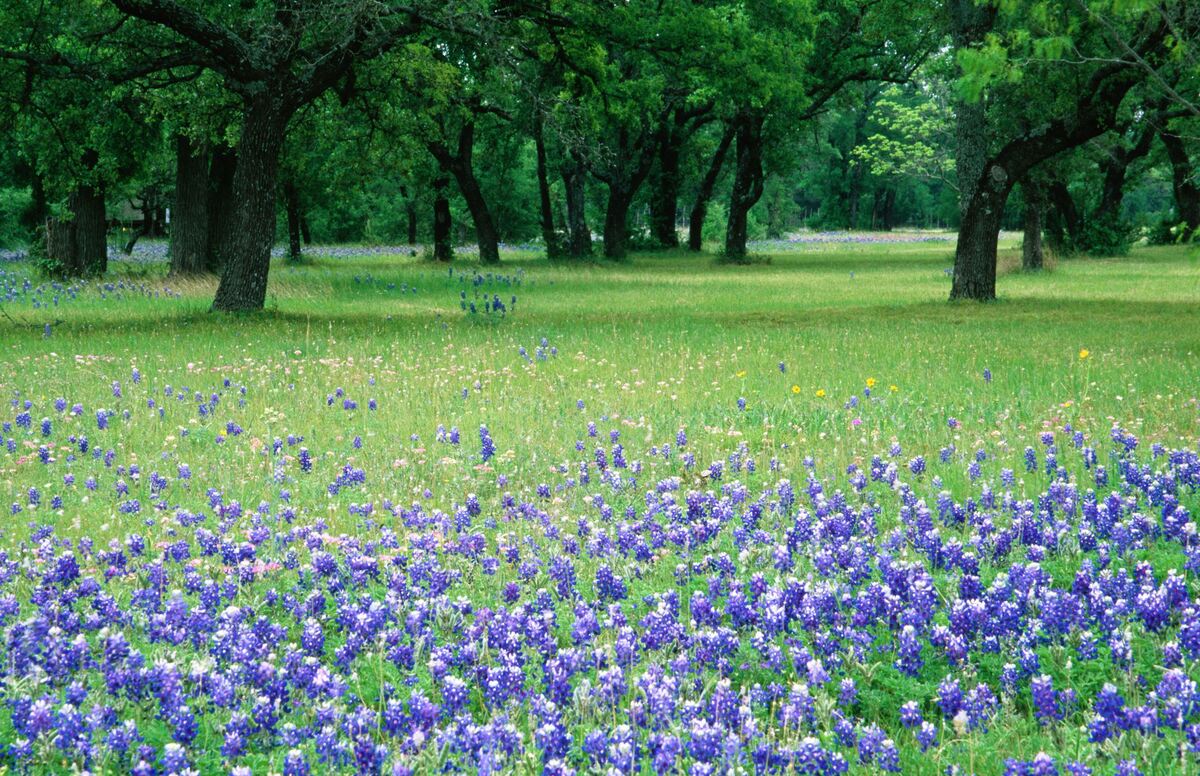
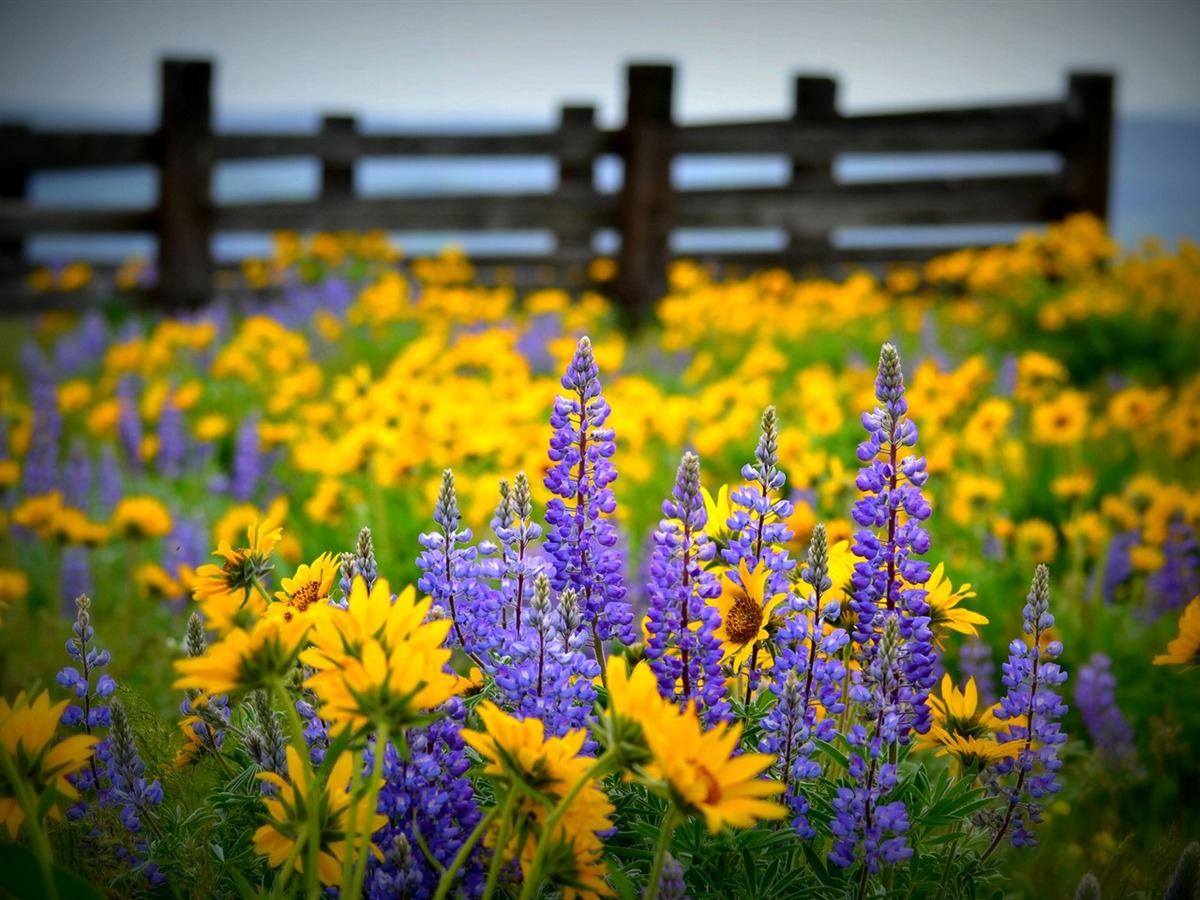
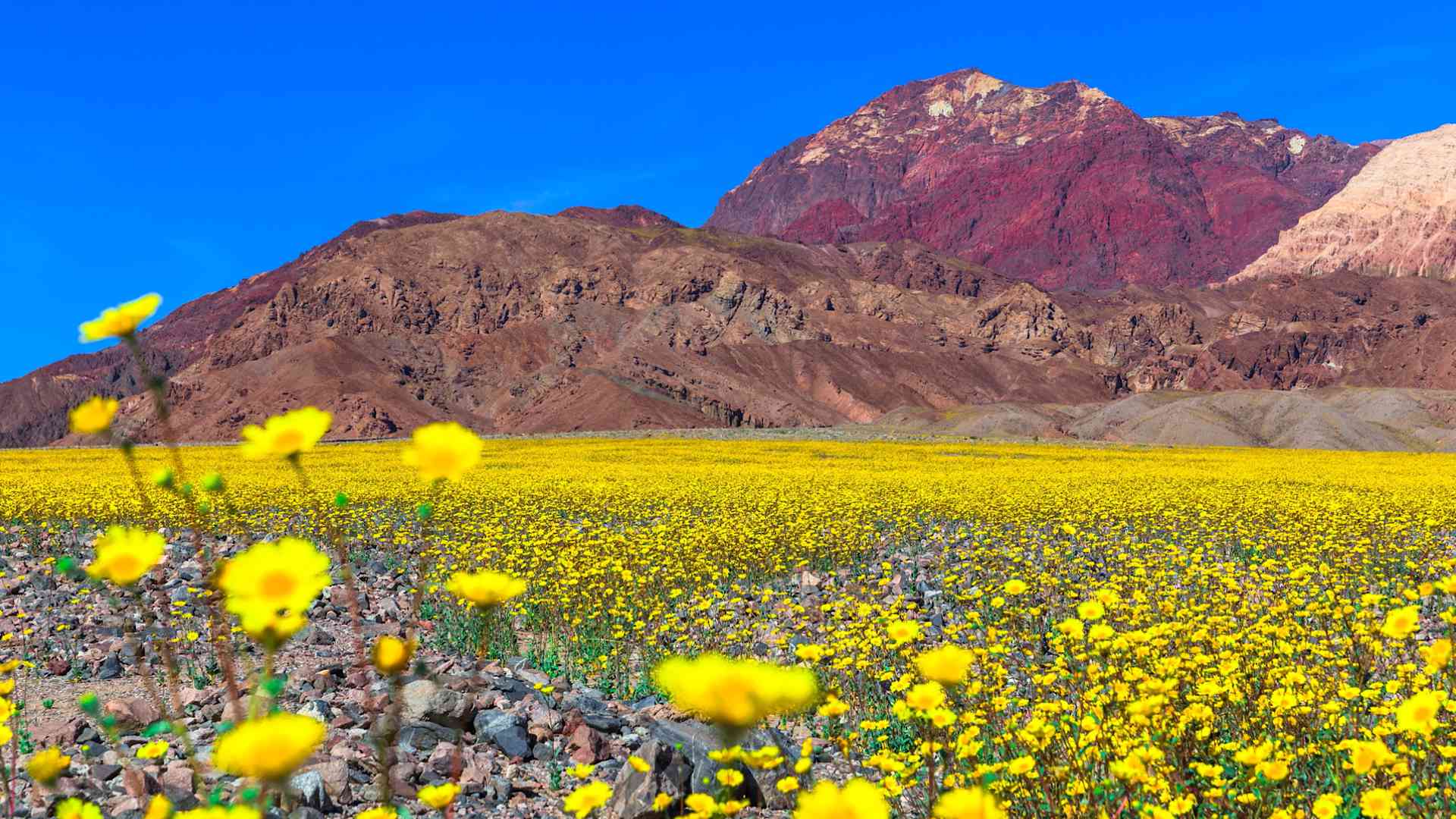
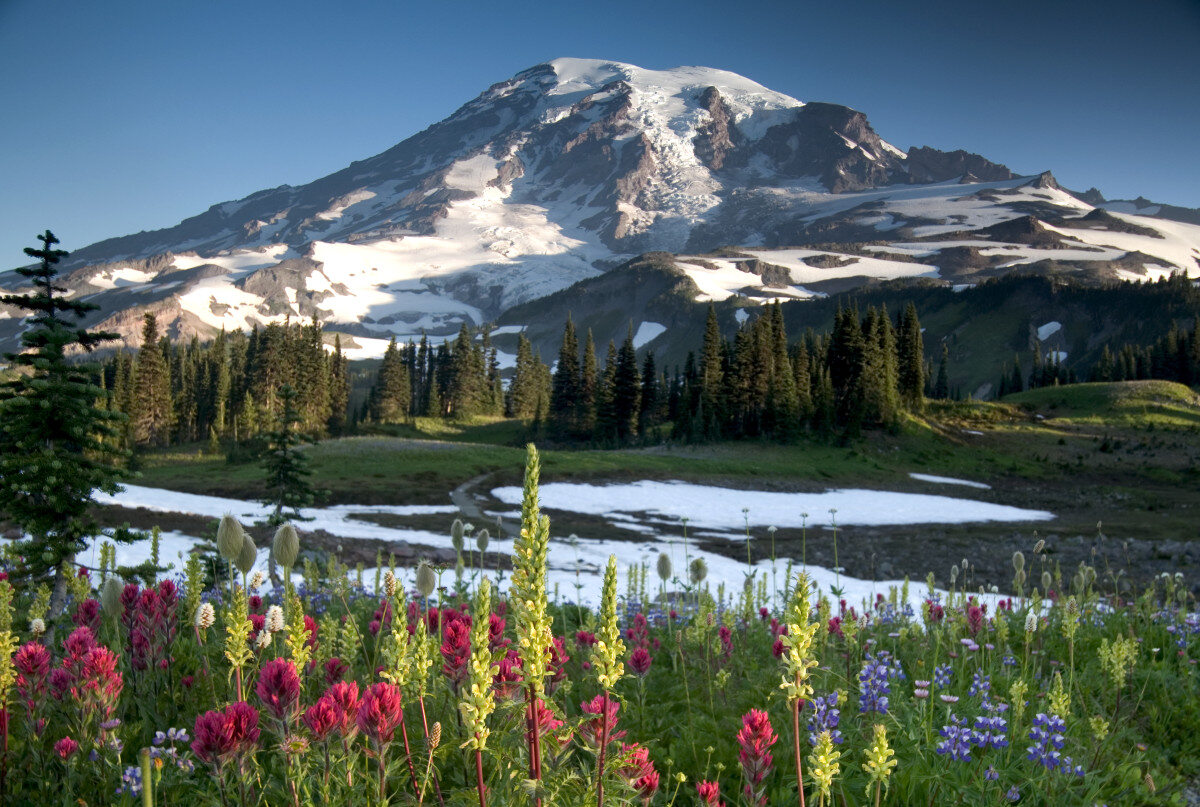
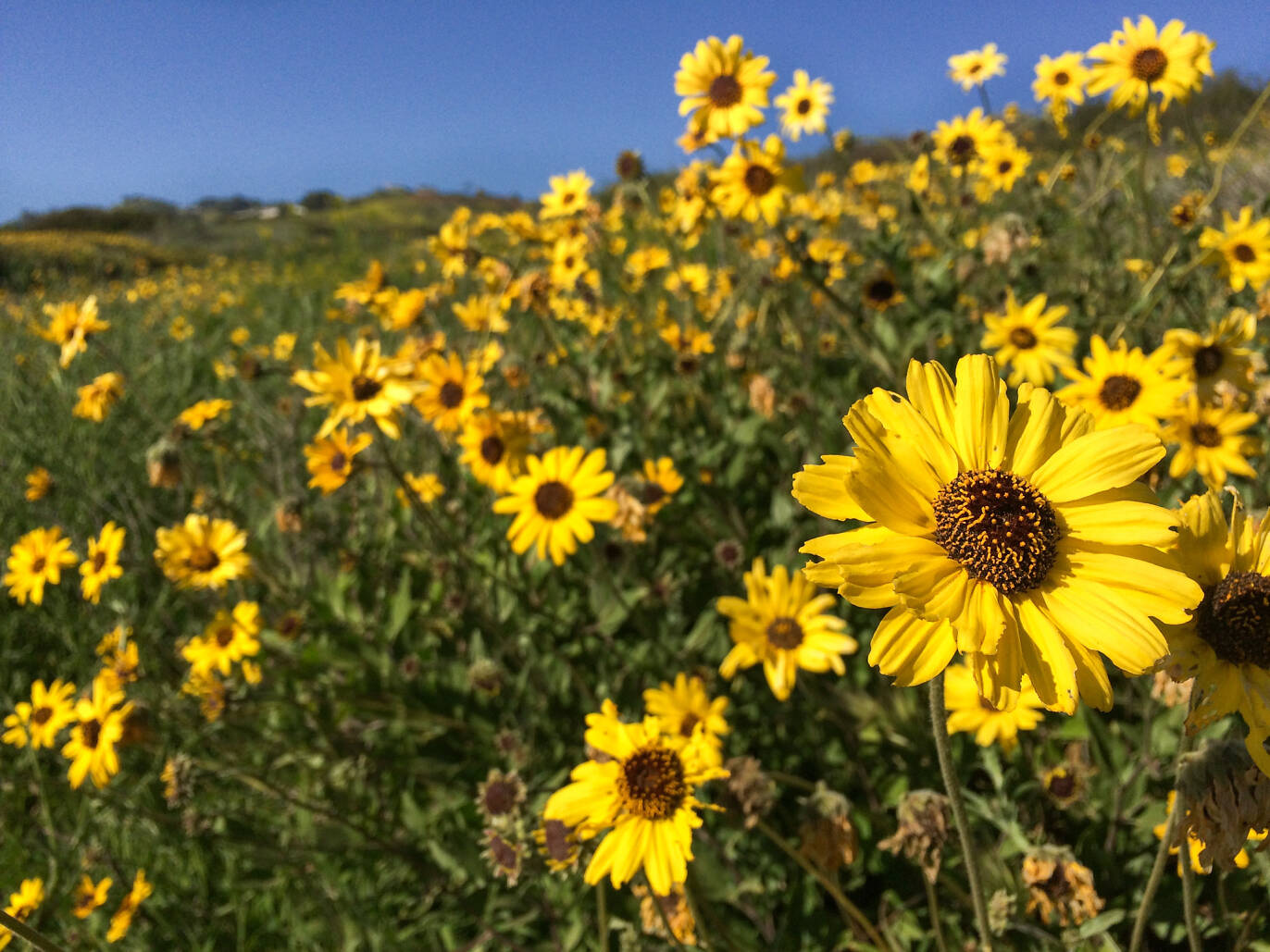
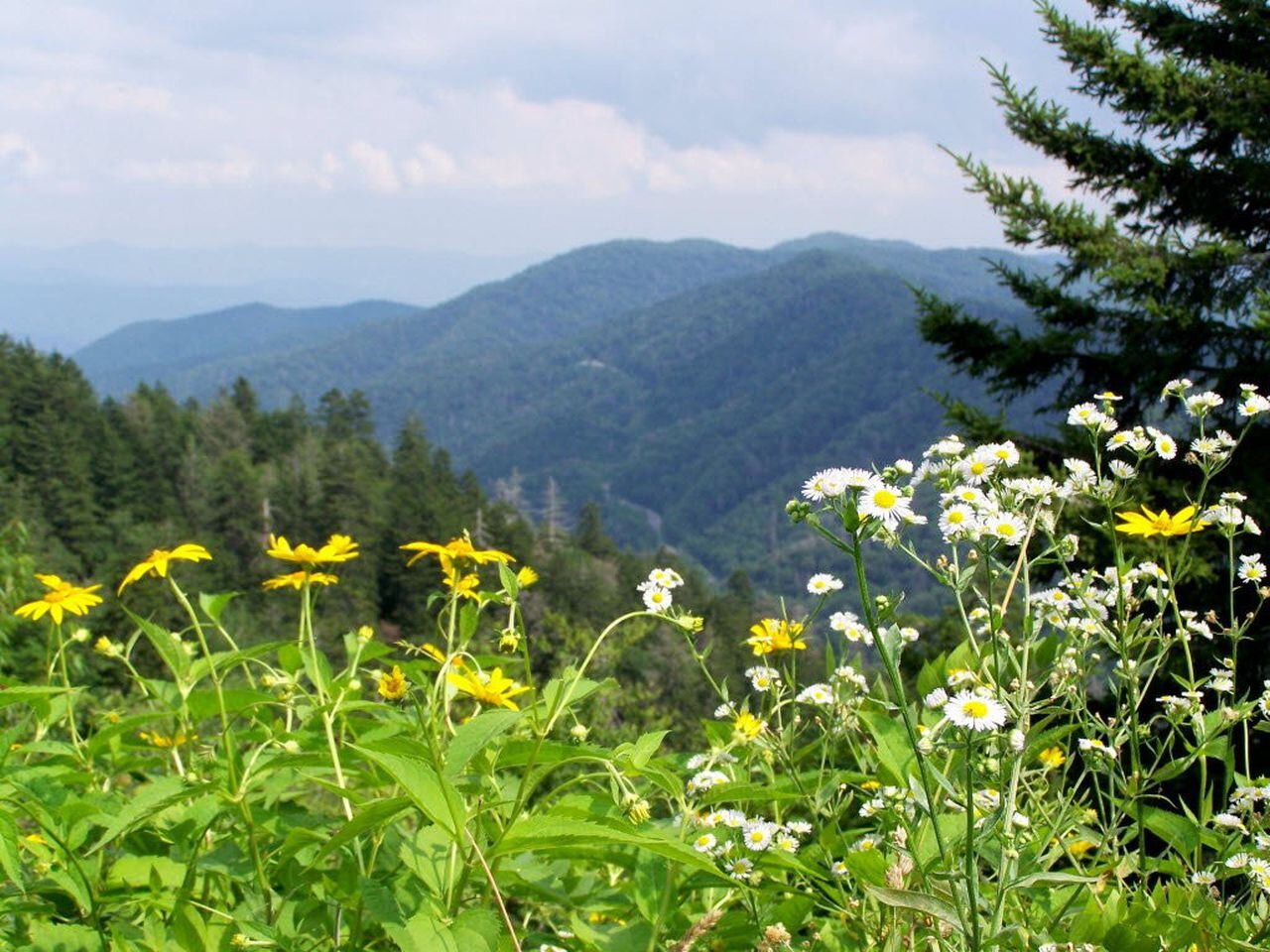
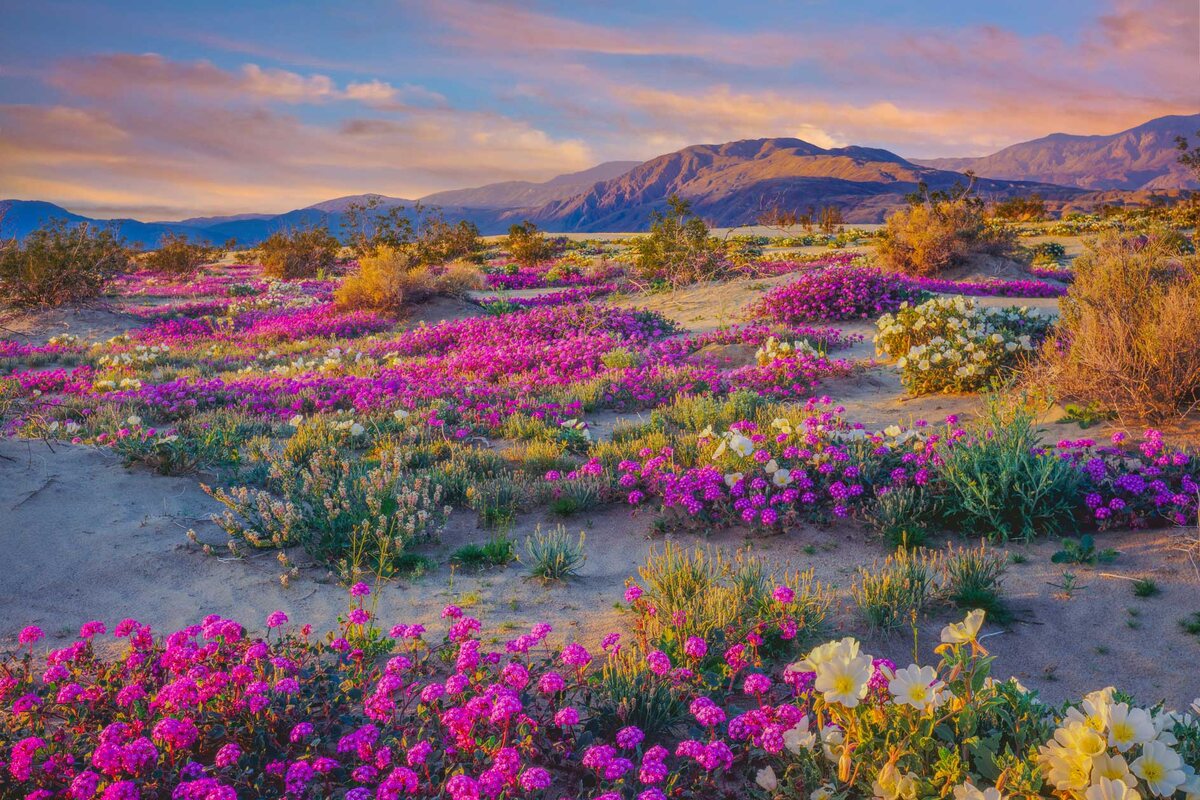
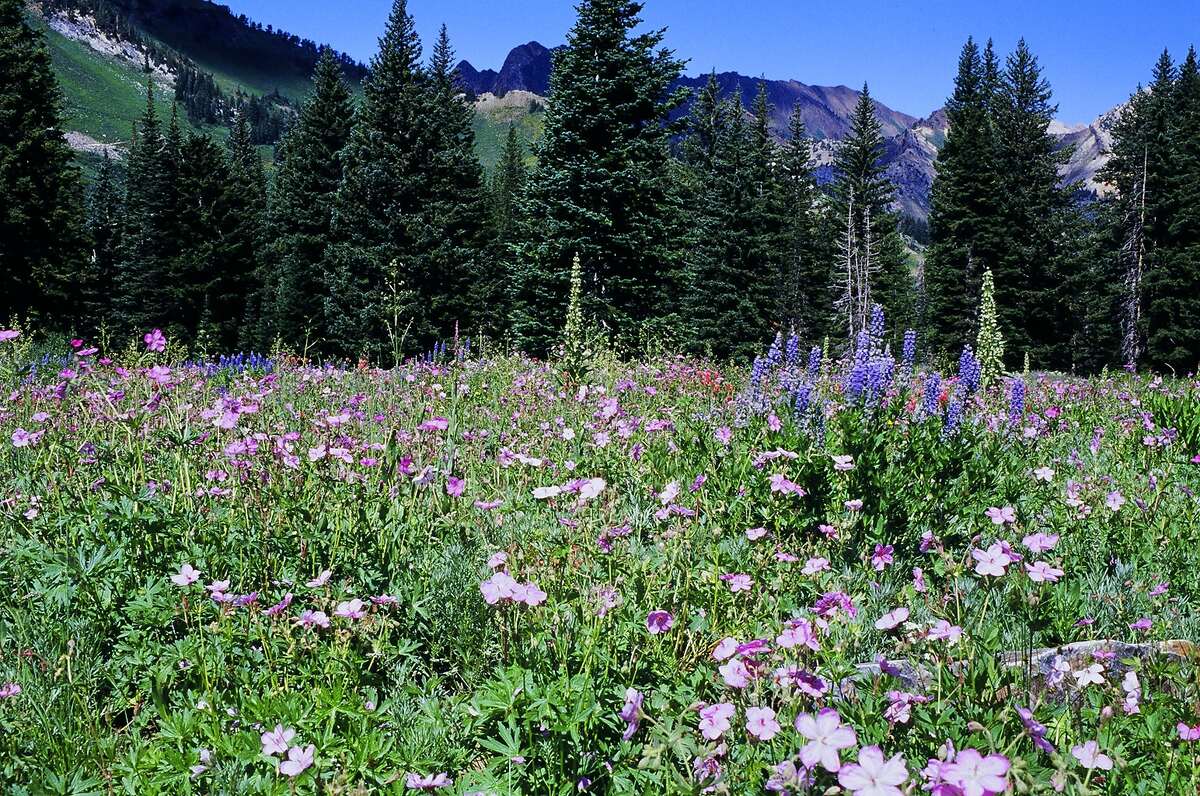
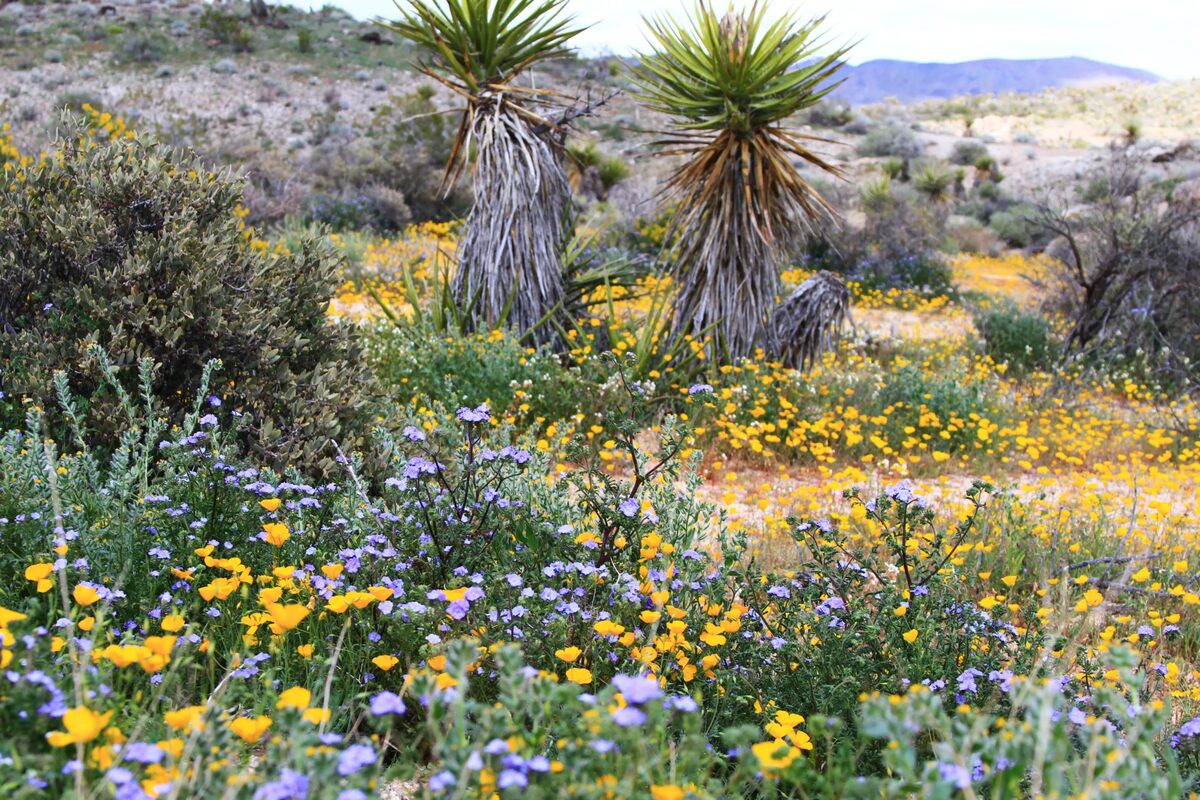
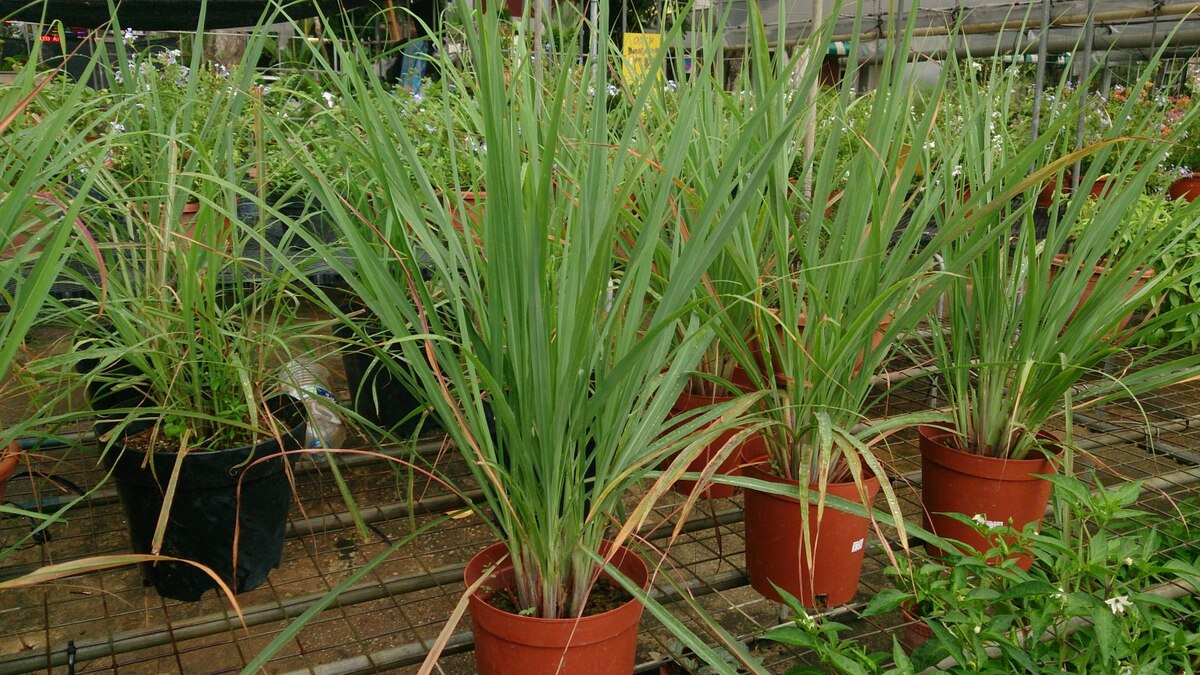
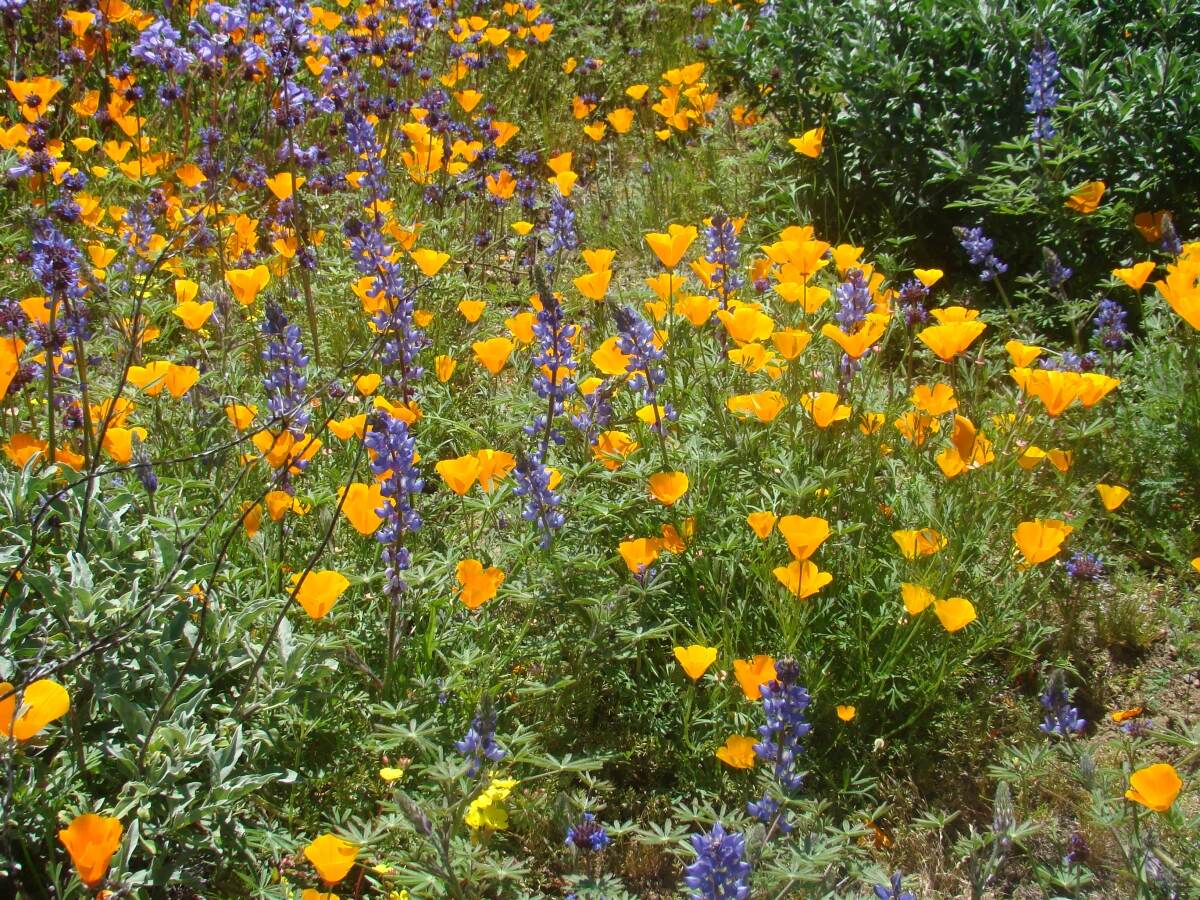
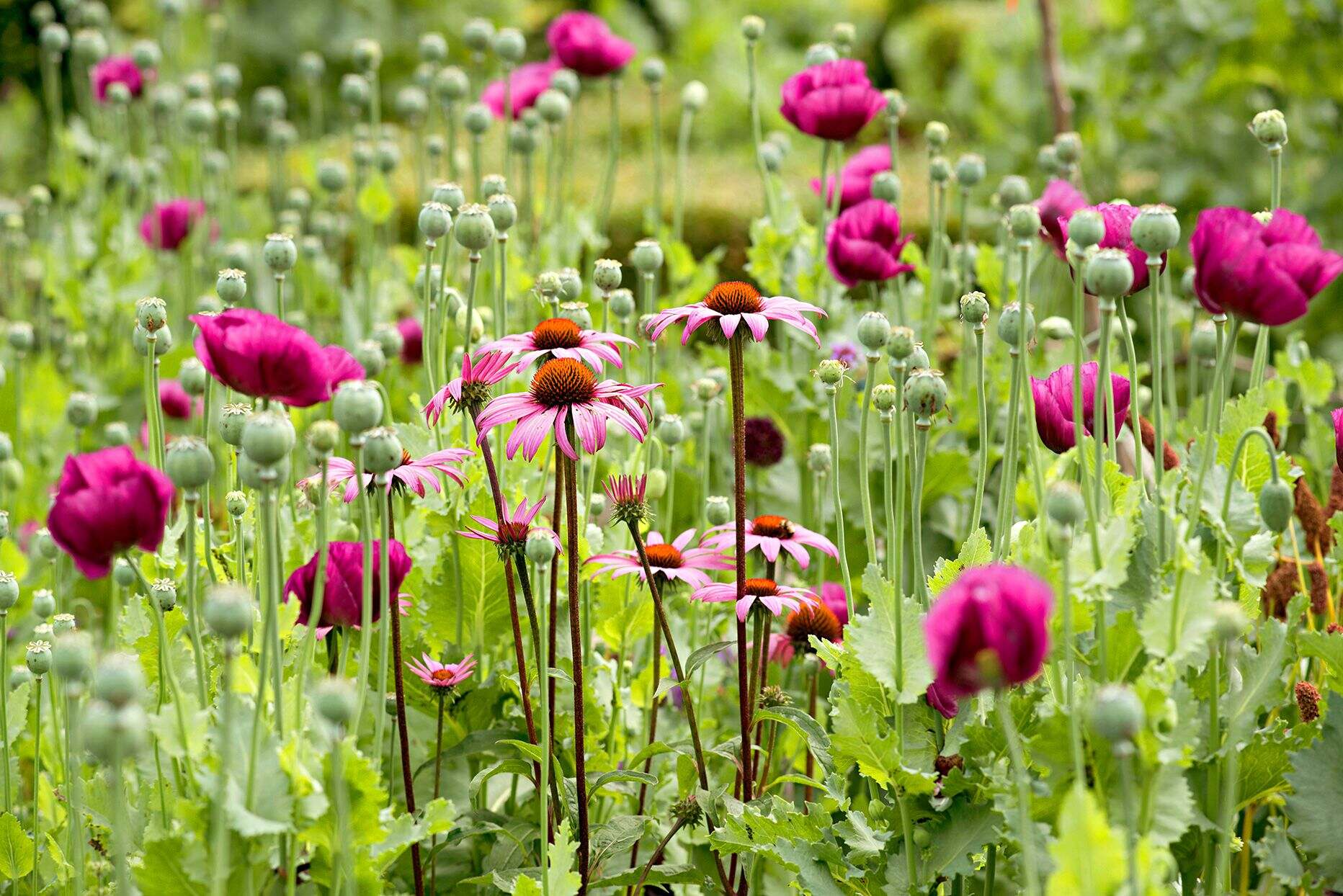
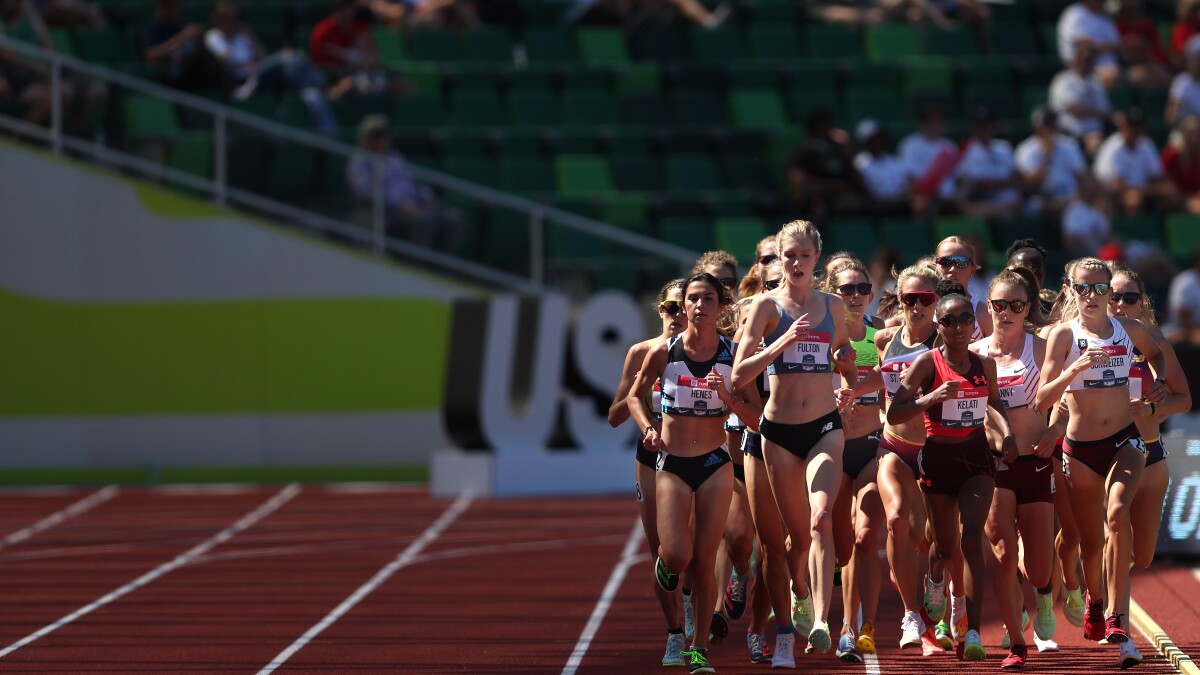
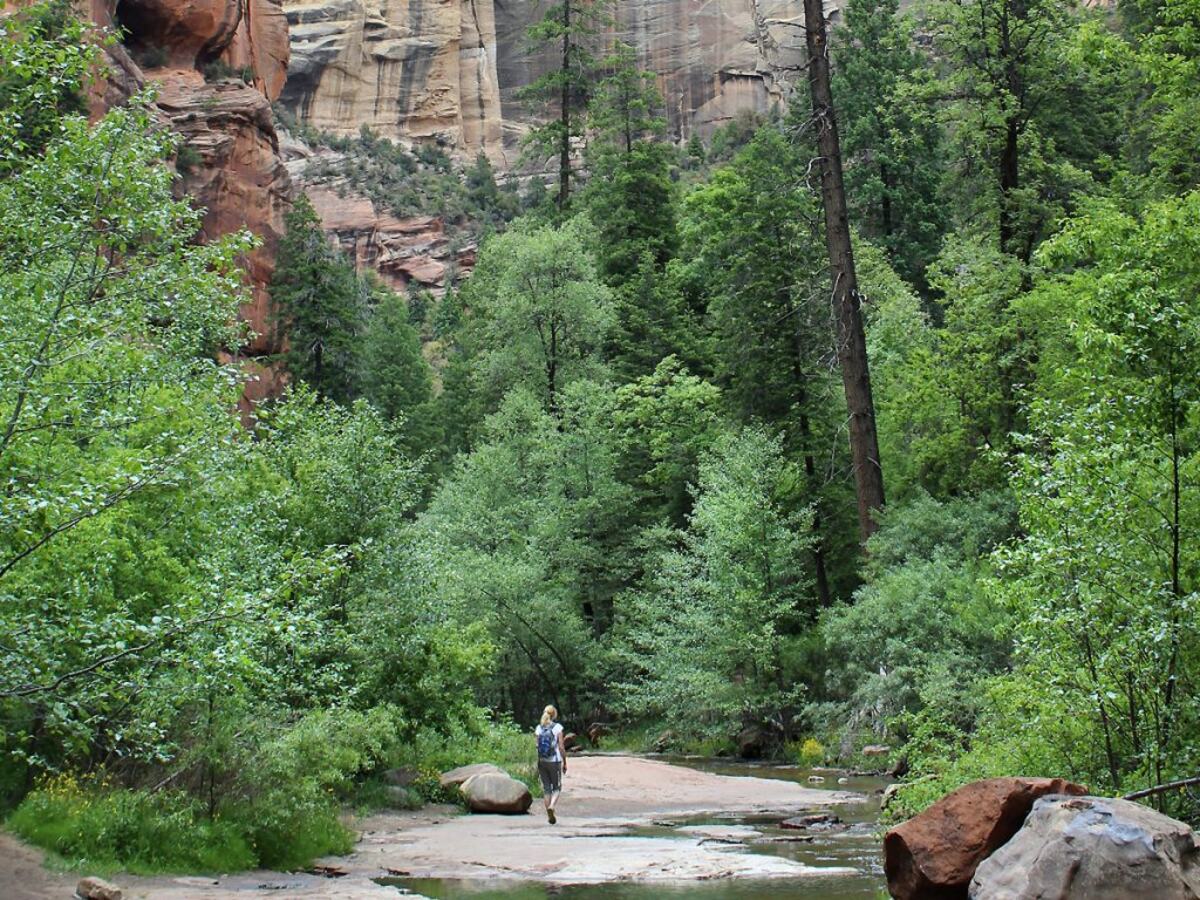

0 thoughts on “When Is The Bay Area’s Wildflower Season”